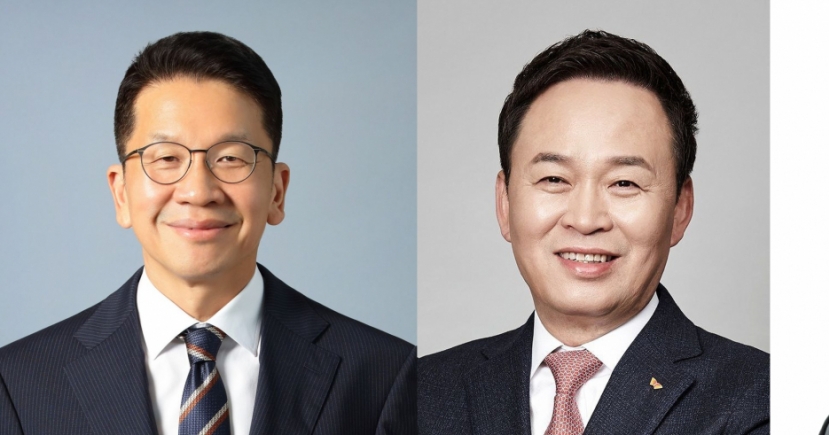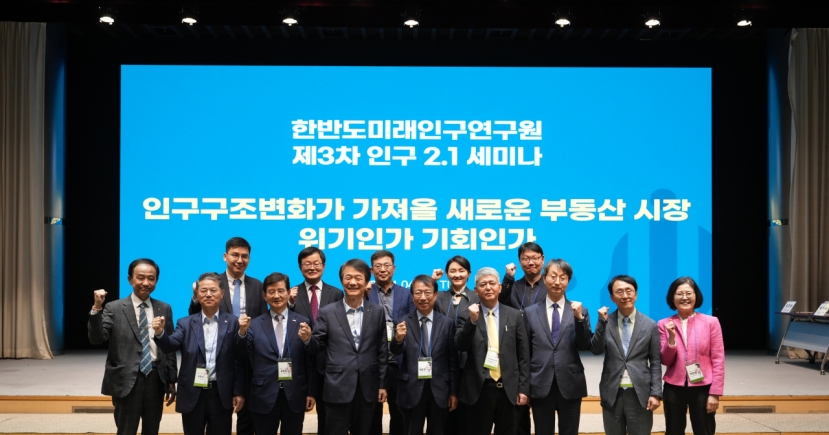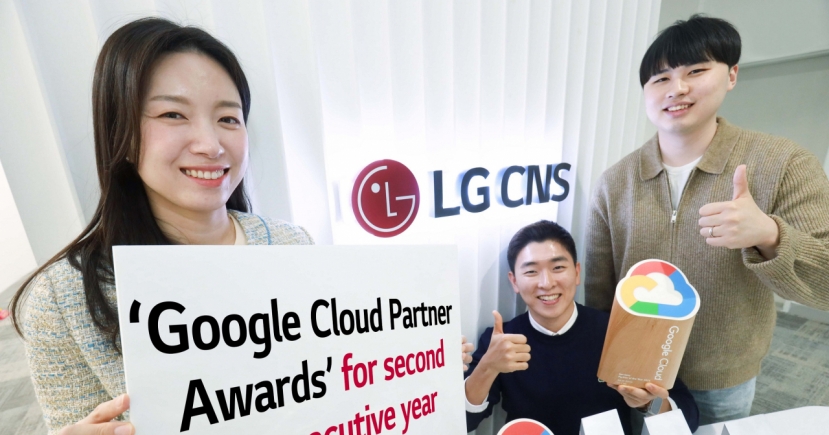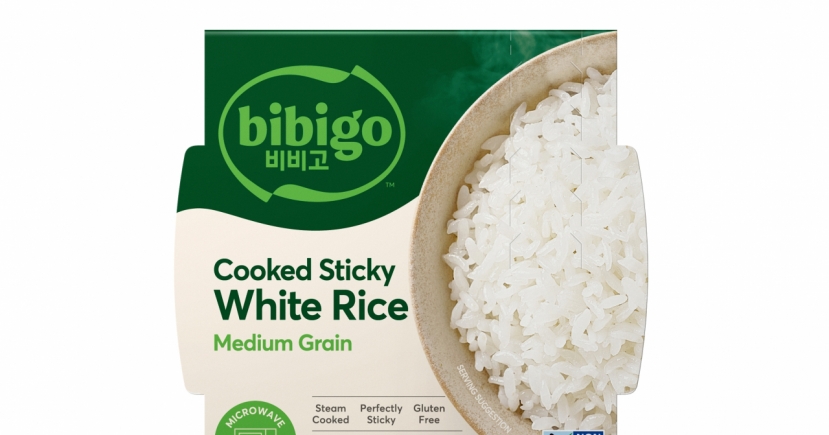Startups
K-fashion pressed to think outside the box
Instagram is spilling over with feeds keeping up with a fashion marathon that started last month with the launch of menswear collections and haute couture shows in Europe.
New York is also buzzing with its 10-day runway shows, after which the “fashionable herds” will cross the Atlantic to attend more events in London, Milan and Paris.
 |
K-pop stars including GD and TVXQ! were spotted in the front row for the likes of Chanel and Prada. Big name designers have long been wooing Korea and more recently, major online retailers such as Farfetch, Matchesfashion and Mytheresa have been tailoring their sites to cater to the needs of a fast-growing Korean client base.
Contrary to this phenomenon, though, the local fashion industry has been shrinking.
Slowing growth, failing companies
According to Korea Research Institute for Fashion Industry, fashion businesses currently account for 2.4 percent of the country’s gross domestic product.
Its worth is estimated to be 42.4 trillion won (US$37.81 billion), down from the 43.2 trillion won in 2016, according to the Korea Federation of Textile Industries. For the past five years, the market has grown at a low average of 1.9 percent.
Hwaseung, an established company that grew from an OEM maker of Nike back in 1970s, filed for court receivership earlier this month. It had led the sportswear boom in the ’80s and ’90s and phenomenally recovered from the 1997 financial crisis by posting 590 billion won in revenue with operating profit of 17.7 billion won in 2011. But these figures were halved in 2015, and recently, it has given out to the mounting competition from global brands.
Even Samsung T&C, one of the biggest in the industry, has been toiling in the red. So much so that Lee Seo-hyun, president of its fashion division and daughter of group Chairman Lee Kun-hee, stepped down in December and rumors began to circulate that the company is mulling selling off the fashion arm. Last year, the sector barely managed to stay in the black with 25 billion won operating profit, down 24.2 percent from the previous year while revenue has remained almost flat since 2015 at around 1.7 trillion won.
Instead of pulling out, however, the fashion heavyweight is likely to streamline its business and focus on “athleisure,” say industry sources. In January, it folded Nonagon, a joint venture with YG Entertainment, after financing the loss-making project for five years.
Instead, it will invest more in sportswear, the only segment that continues to grow in the otherwise slow market, said a company official.
The market in Korea alone has grown threefold over seven years and will be worth over 2 trillion won this year, according to estimates by the Korea Research Institute for Fashion Industry.
In fact, the combined market share of Fila, F&F and Shinsegae International surpassed 1 trillion won, while the total market value of some 40 listed fashion companies declined to 34.5 trillion won in November.
No one would have considered Fila as fashionable three years ago. But having undergone a massive revamping, it is one of the most coveted sportswear brands, especially among the younger generation, and has teamed up with Fendi.
The momentum for F&F, which made the long-padded parkas that became the staple winter streetwear in 2017, remains strong.
Remaining hurdles
Consumer sentiment is showing signs of recovery, but the 52-hour workweek and minimum wage hikes could undermine the labor-intensive sector, which is what Sung Ki-hak -- chairman of Youngone that produces North Face -- told President Moon Jae-in last month.
Support from the government could help boost the industry of course, but as shown by Fila, it will take a mix of collaborations, systemic innovation and online marketing for revival.
What is painfully missing is a trickle-down effect from “high fashion,” according to industry watchers. Only a few established designers such as Wooyoungmi and Juun. J show their collections at fashion events.
Korea is also the only country among the 15 largest economies that does not have a world-renowned fashion brand, despite its superior manufacturing capacity and sizeable demand coupled with a keen eye for trends.
Seoul, despite the government’s continued efforts, has yet to become a global fashion capital.
“Korean fashion could be derivative and reductive,” said Vogue UK’s fashion critic Anders Christian Madsen after seeing last season’s shows.
“Like they did with K-pop, Korea’s challenge is to steer its designers in a direction sufficiently original for a global audience, now more focused on authenticity than ever.”
By Hwang You-mee (glamazon@heraldcorp.com)


![[Exclusive] Korean military set to ban iPhones over 'security' concerns](http://res.heraldm.com/phpwas/restmb_idxmake.php?idx=151&simg=/content/image/2024/04/23/20240423050599_0.jpg)




![[Herald Interview] Bridging Korea, Philippines for better future](http://res.heraldm.com/phpwas/restmb_idxmake.php?idx=151&simg=/content/image/2024/04/23/20240423050735_0.jpg)
